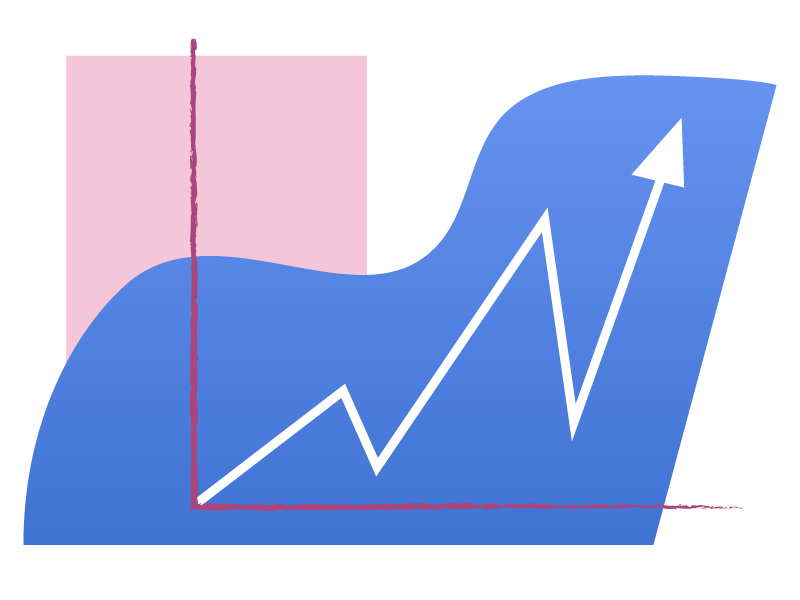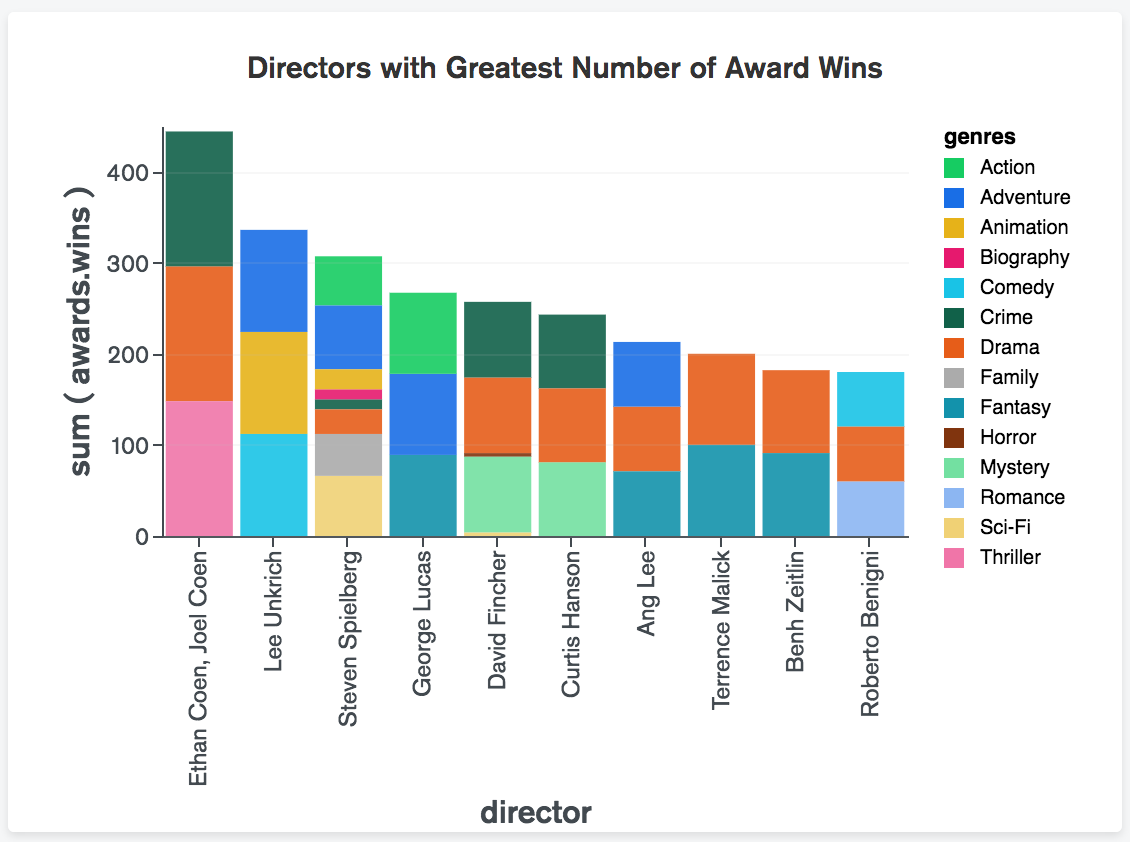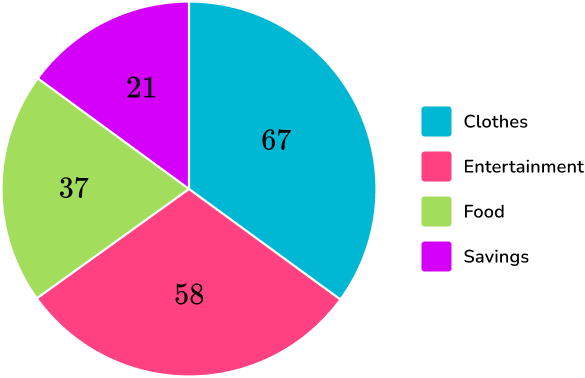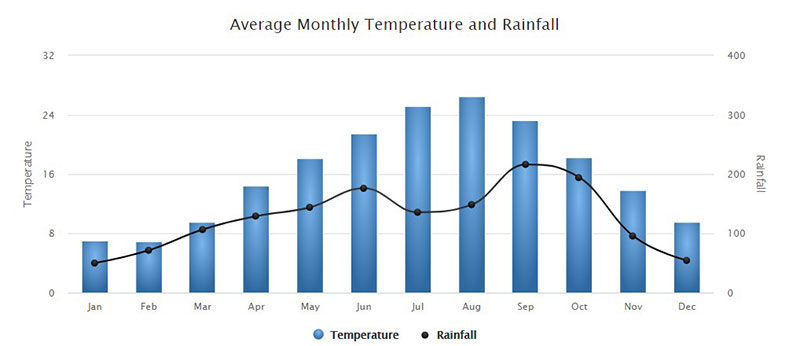Roads & PavementRoads & Pavement
Barefoot
Minimal
Low
Medium
High
Maximal
All around running shoes offer comfort and cushioning for daily runs, jogs, walks, and long mileage. They offer enough versatility for both faster and slower runs and are a great option for those who want one running shoe to do it all.
Fast run or uptempo running shoes are lightweight and responsive. They offer streamlined designs that have minimal uppers and offer a high level of energy return. These shoes are a great option for faster runs in the week or those looking for a livelier experience.
Max Cushion shoes offer premium cushioning with ample ground protection and a stable ride. These types of shoes provide abundant impact protection that softens landings while running at any pace or distance. These types of shoes are best for slower recovery runs and easy days where comfort takes priority.
Racing shoes are designed with optimal performance in mind. These types of shoes have snug-fitting uppers, energetic midsole foams, and features implemented for maximum efficiency. These types of shoes are best for runners looking to gain the ultimate advantage in races but may sacrifice some durability and comfort.
Gym Workout shoes offer a stable and versatile ride. They have a firmer underfoot feeling that provides stability for lateral movements with comfortable uppers. These types of shoes are best for trips to the gyms, cross training, casual wear, and light running. Charts Vs Tables or When to Use One Over the Other
Road running shoes feature smooth outsoles that are designed for running on paved surfaces such as roads, sidewalks, and bike paths.
Designed to handle most trail runs, these shoes prioritize comfort and a smooth ride. These shoes are great for anything from smooth singletrack, park trails, and fireroads making them ideal for those who run from their doorstep on streets before hitting the trail.
These shoes are best used for hard, rugged trails such as shale, granite or sandstone where grip on smooth surfaces and underfoot protection are important.
Designed for use in muddy, soggy conditions, these shoes feature very aggressive outsoles that dig deep into soft ground for exceptional traction.
These shoes feature technical outsoles designed to grip snowy and icy trails making them ideal for winter trail running.
Cushioning level, or stack height, refers to how much shoe is between your foot and the ground. For this category, we reference the amount of cushioning below the forefoot as the heel height will be equal to or greater than the forefoot height.
Chart Types Atlas Charts
0-13mm. The Shoe generally does not have a midsole and feels like there is no cushioning. This shoe is all about feeling the ground underfoot.
14-18mm. The shoe has a thin midsole that allows for a natural running experience. Racing shoes and minimalist shoes are common here. These shoes offer a feeling of being connected to the road or trail.
19-23mm. The shoe has a slightly cushioned feel and may feature added cushioning technologies. Performance training shoes and some trail shoes are common here. These offer protection during footstrike but prioritize a lightweight, grounded experience.
24-28mm. These shoes have a stack height that fall near the middle of the spectrum.The shoes in this category are verstaile and great for all types of runs and distances.
29-34mm. The shoe has a thick midsole and ample cushioning. These shoes are highly protective and absorb more impact than the body.
35mm plus. The shoe has an extremely thick midsole and extra cushioning. The focus is on protection and soft foam underfoot with hardly any ground feel.
Neutral shoes support the foot through a normal range of arch collapse and generally do not have a built-in technology to correct movement.
Stability shoes are a great option for those who overpronate or need added support. These shoes help to limit the inward rolling motion of the ankle while running or walking and assist in guiding the foot straight through the gait cycle. How to use ChatGPT to make charts and tables ZDNET
Product Details:
How to Use a Gantt Chart The Ultimate Step by step Guide store, 5.4 Pie chart store, Control Chart Rules Unstable Points and Trends store, Multiplication Chart Free Printable Carson Dellosa store, Pareto chart Wikipedia store, The science behind good charts store, What is a Gantt Chart Examples and Best Practices store, Excel 2016 Charts store, Multiplication Chart Free Download Printable store, What is a Column Chart Data Visualizations Displayr store, How to use ChatGPT to make charts and tables ZDNET store, Pie Chart Definition Formula Examples and FAQs store, What is a Bar Chart store, 10 Best Printable Blank Chart With Lines PDF for Free at store, 12 Types of Chart Patterns That You Should Know store, 13 Types of Graphs and Charts Plus When To Use Them Indeed store, Bar Charts Vs Histograms A Complete Guide Venngage store, How to Choose the Best Chart to Show Trends Over Time store, Organizational Chart What is an Organization Chart Definition store, Highcharts Demos and Examples Highcharts store, Build a bar chart store, Table Charts and Graphs in Google Docs Elgin Community College store, Charts and graphs The British Academy store, Amazon Multiplication Table Chart Poster LAMINATED 17 x 22 store, Combining chart types adding a second axis Microsoft 365 Blog store, Top 5 Types of Charts and their Uses store, What Does Pie Chart Mean store, As you know there are many types of charts to be used in data store, Pie Chart Math Steps Examples Questions store, Understanding and using Pie Charts Tableau store, What is a Chart Definition Types Examples Study store, See 20 Different Types Of Graphs And Charts With Examples store, Tally Chart Template Science Resource Teacher Made store, What is a chart Definition importance and examples Glossary store, Chart Demos amCharts store, Chart Creator Create Charts Graphs for Reports and Presentations store, A Complete Guide to Pie Charts Tutorial by Chartio store, Charts Vs Tables or When to Use One Over the Other store, Pie Chart Math Steps Examples Questions store, How to use ChatGPT to make charts and tables ZDNET store, Chart Types Atlas Charts store, Charts Vs Tables or When to Use One Over the Other store, 13 Types of Graphs and Charts Plus When To Use Them Indeed store, What is a Column Chart Jaspersoft store, Bar Chart Vertical Data Viz Project store, What is a Pie Chart Jaspersoft store, What Is a Chart Why Is It Important for Businesses NetSuite store, Line chart Wikipedia store, Select data to make a chart in Numbers on iPad Apple Support store, Chart Wikipedia store, Product Info:
Chart store.
- Increased inherent stability
- Smooth transitions
- All day comfort
Model Number: SKU#7451757





